How to Evaluate Decimal Distances on the Map
Greetings, future mathematicians and geographers! In today's learning adventure, we're diving into the fascinating world of maps. More specifically, we'll explore how to evaluate decimal distances on maps. Understanding this skill is fundamental in both math and geography, helping us to calculate actual distances using map scales. So, let's get started on our journey!

Understanding Decimal Distances on Maps
In map reading, the scale is vital. It’s a ratio that compares a distance on the map to the actual distance on the ground. For example, a map scale could be \(1:100,000\), which means that \(1\) unit (like a centimeter or an inch) on the map corresponds to \(100,000\) of the same units on the ground.
Sometimes, distances on maps are represented as decimals. For example, \(0.5\ cm\) could represent \(5\ km\) on the ground, depending on the map’s scale.
Step-By-Step Guide to Evaluating Decimal Distances on the Map
Step 1: Understand the Scale
Before you can calculate any distances, you first need to understand the scale of the map. This is typically listed somewhere on the map itself.
Step 2: Identify the Points
Next, identify the two points you want to measure the distance between.
Step 3: Measure the Distance
Using a ruler, measure the distance between the two points on the map. Make sure to measure accurately and record this distance.
Step 4: Apply the Scale
Multiply the measured map distance by the map’s scale to determine the actual distance.
Step 5: Check Your Answer
Make sure your answer makes sense. If your calculated distance seems too short or too long, double-check your measurements and calculations.
Example:
Let’s walk through an example: Suppose you have a map with a scale of \(1:50,000\) (meaning \(1\ cm\) on the map equals \(50,000\ cm\) or \(0.5\ km\) in reality). If the distance between two towns on this map is \(2.3\ cm\), how far apart are they in reality?
Step 1: Our map’s scale is \(1:50,000\).
Step 2: We are measuring the distance between two towns.
Step 3: The distance on the map is \(2.3\ cm\).
Step 4: Multiply the map distance by the scale to find the real-world distance. So, \(2.3\ cm\times 0.5 \frac{km}{cm} = 1.15\ km\).
Step 5: A distance of \(1.15\ km\) seems reasonable for the distance between two towns on a map, so we can be confident in our answer.
Keep practicing these steps with different map scales and distances. Before you know it, you’ll be a pro at evaluating decimal distances on maps! Happy mapping!
Related to This Article
More math articles
- How to Solve Word Problems of Budgeting a Weekly Allowance
- Using Number Lines to Represent Absolute Value of Integers
- Understanding Occupations, Education, and Income
- FTCE General Knowledge Math Worksheets: FREE & Printable
- Top 5 Free Websites for OAR Math Preparation
- Fundamentals of Geometry: The Concept of Lines, Rays, and Angles
- Top 10 Math Books for Grade 7 Students: A Complete Review
- 5th Grade IAR Math Worksheets: FREE & Printable
- 10 Most Common 4th Grade MEAP Math Questions
- How to Solve Linear Equation and Inequality Word Problems?















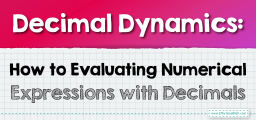
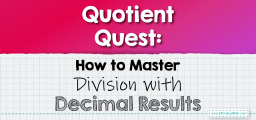
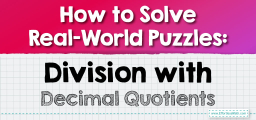
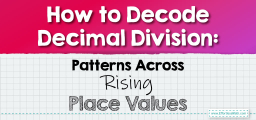
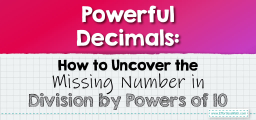
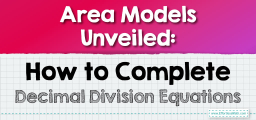
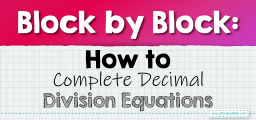
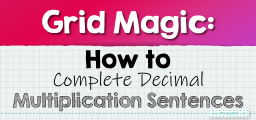
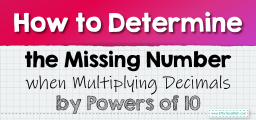
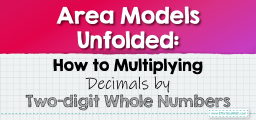

What people say about "How to Evaluate Decimal Distances on the Map - Effortless Math: We Help Students Learn to LOVE Mathematics"?
No one replied yet.